A thoughtfully designed garden is more than just plants and flowers—it’s a dynamic outdoor living space that can inspire, relax, and entertain. While lush greenery and colorful blooms provide beauty, the addition of well-planned garden structures can dramatically transform the way a garden is experienced. From creating focal points and adding height to defining spaces and enhancing functionality, garden structures are the secret behind truly remarkable landscapes. In this article, we explore six transformative garden structures and how each can elevate your outdoor space.
1. Arbors and Pergolas: Elegance and Shade Combined
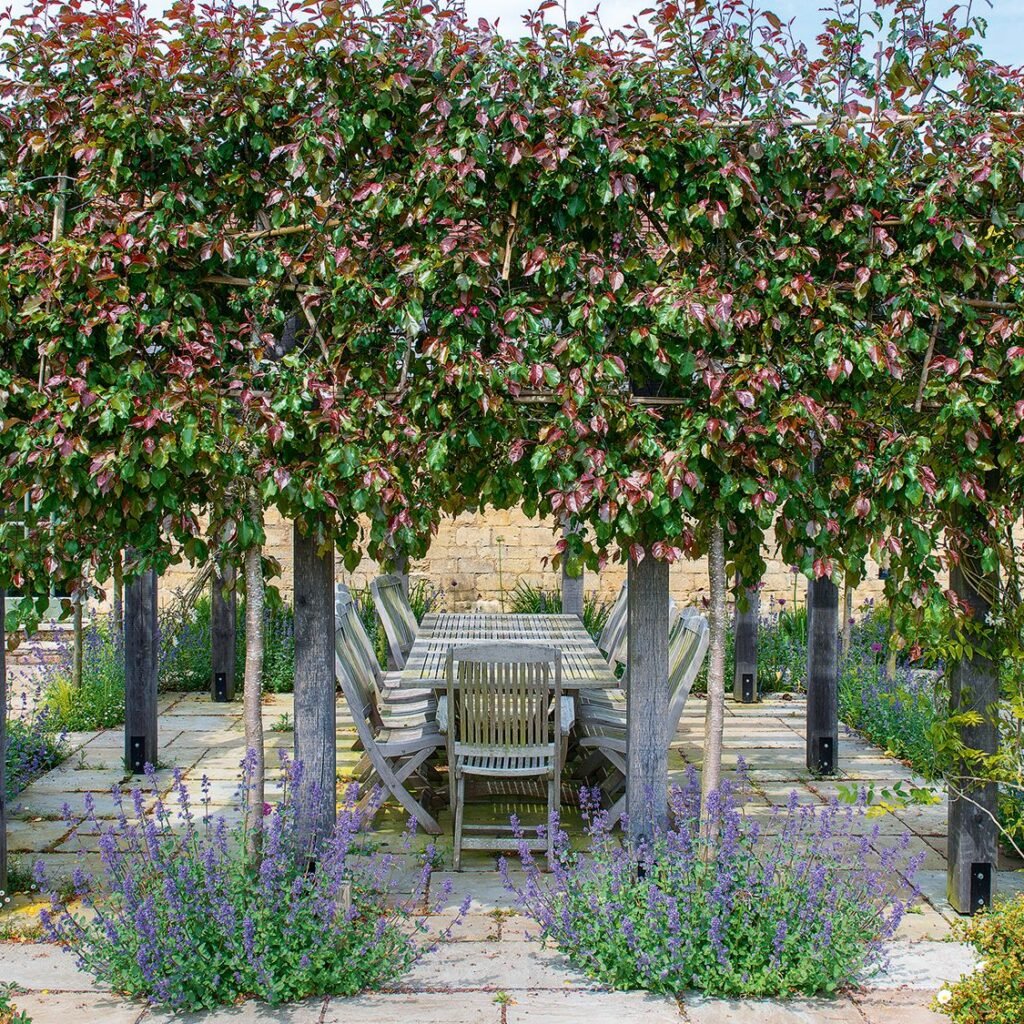
Arbors and pergolas are classic garden structures that combine aesthetic appeal with practical benefits. These structures are perfect for creating entryways, framing views, or defining outdoor seating areas.
- Arbors: Typically smaller and often used as gateways or entrances, arbors can be adorned with climbing plants like roses, clematis, or wisteria. The lush greenery creates a welcoming, romantic feel, and seasonal flowers add a burst of color.
- Pergolas: Larger than arbors, pergolas provide shade while maintaining an open, airy feel. Ideal for patios or dining areas, they can be enhanced with retractable canopies, hanging plants, or fairy lights to create an inviting outdoor room.
Benefits:
- Adds vertical interest to flat gardens.
- Creates natural shade and a comfortable retreat.
- Frames focal points, pathways, or seating areas for a more structured garden design.
By strategically placing an arbor or pergola, you can transform a simple backyard into a sophisticated, layered outdoor space.
2. Gazebos: Outdoor Retreats with Style
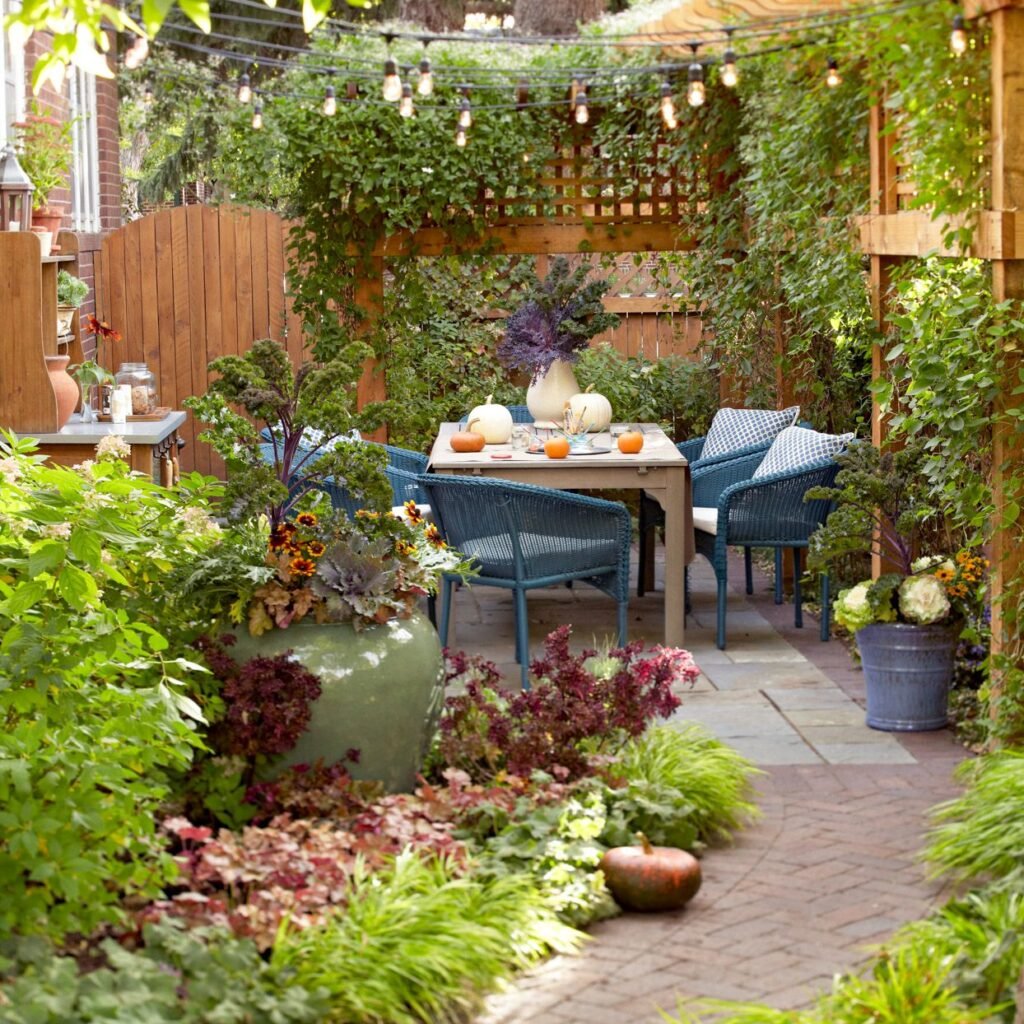
Gazebos are freestanding structures that serve as focal points while providing shelter from sun and rain. They are ideal for entertaining, relaxing, or simply enjoying the garden in comfort.
- Design Options: Gazebos come in various styles—classic wooden, modern metal, or charming Victorian. Choose one that complements the architectural style of your home and the overall garden aesthetic.
- Functional Enhancements: Add outdoor furniture, curtains, or climbing vines for privacy. String lights, hanging lanterns, or even a small fountain nearby can elevate the ambiance.
Benefits:
- Provides a dedicated space for relaxation and social gatherings.
- Enhances garden symmetry and balance.
- Offers an elevated viewpoint for enjoying surrounding landscapes.
A well-placed gazebo turns a garden from purely decorative to functional, offering a private sanctuary or entertaining hub.
3. Garden Fences and Trellises: Structure and Privacy
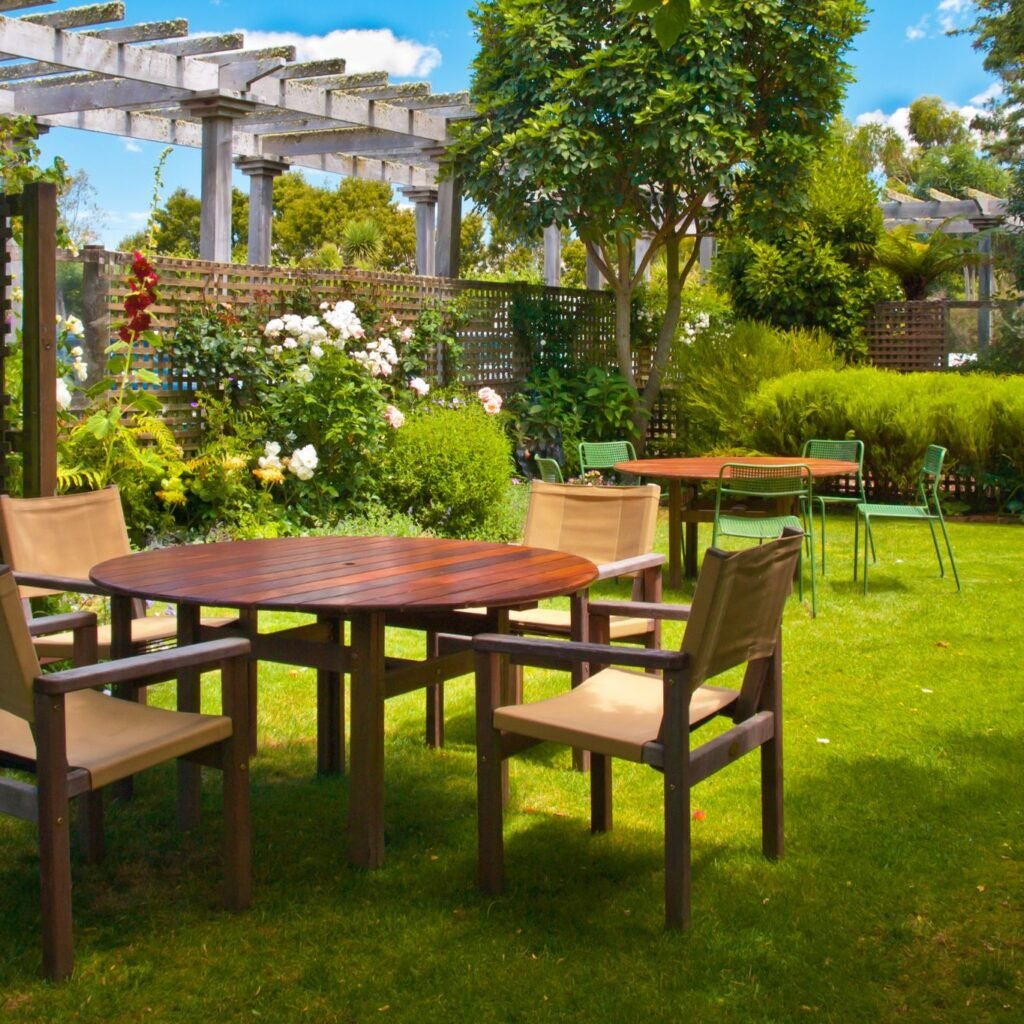
Fences and trellises do more than mark boundaries; they can shape your garden visually and functionally.
- Fences: Available in wood, vinyl, or metal, fences can provide privacy, security, and structure. When combined with climbing plants like jasmine, honeysuckle, or ivy, fences become living walls that add texture and color.
- Trellises: These vertical supports are perfect for training climbing plants. A trellis can divide spaces, create intimate garden “rooms,” or act as a dramatic backdrop for flower beds.
Benefits:
- Enhances privacy while maintaining a natural aesthetic.
- Adds vertical dimension and visual interest.
- Guides the flow of movement and frames specific garden areas.
Fences and trellises are versatile tools that help define space without overwhelming the natural beauty of your garden.
4. Raised Garden Beds and Planters: Functional Beauty

Raised beds and planters are practical structures that also elevate the visual appeal of your garden. These structures allow for organized planting, easier maintenance, and better soil management.
- Raised Beds: These can be constructed from wood, stone, or metal and are ideal for growing vegetables, herbs, and flowers. Raised beds reduce back strain during gardening and improve drainage, promoting healthier plants.
- Decorative Planters: Large ceramic, terracotta, or wooden planters can be strategically placed to create focal points or pathways. Use a mix of colors, heights, and textures for visual impact.
Benefits:
- Improves plant health by enhancing soil drainage and quality.
- Allows for creative design through geometric arrangements and layering.
- Adds structure, color, and definition to open garden areas.
Incorporating raised beds and decorative planters is an easy way to combine beauty and functionality in outdoor spaces.
5. Water Features and Ponds: Tranquility in Motion
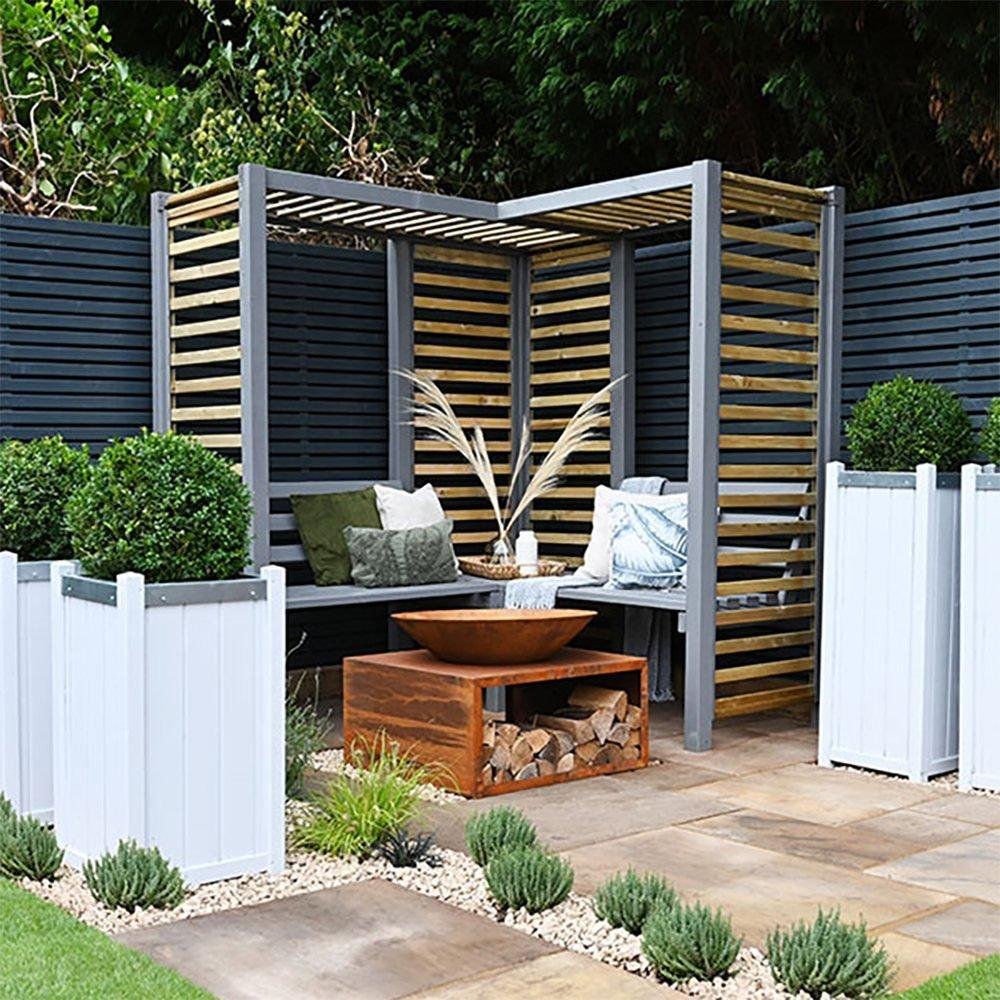
Water features, including fountains, ponds, and small waterfalls, transform a garden by introducing movement, sound, and reflection. Even small installations can have a significant impact on the overall ambiance.
- Fountains: Vertical or tiered fountains add elegance and the soothing sound of flowing water. Perfect for patios or entrance areas, they attract birds and create a calming focal point.
- Ponds: Ponds introduce natural biodiversity, from fish and frogs to water-loving plants. Incorporate lilies, reeds, or marginal plants for a balanced ecosystem.
- Mini Waterfalls: Adding a cascading feature enhances both visual and auditory appeal. The sound of trickling water reduces stress and creates a meditative garden atmosphere.
Benefits:
- Adds sensory depth through sound and reflection.
- Supports wildlife and enhances biodiversity.
- Provides a natural cooling effect and a relaxing environment.
Water features turn a standard garden into a serene retreat, combining aesthetic beauty with therapeutic qualities.
6. Outdoor Seating and Decks: Inviting Spaces for Living
A garden is not only for viewing but also for living. Seating areas and decks encourage interaction, relaxation, and enjoyment of the outdoors.
- Benches and Swings: Strategically placed benches or swing seats allow visitors to enjoy scenic views and focal points within the garden. Choose materials and colors that complement surrounding plants.
- Decks and Patios: A wooden or stone deck provides a level surface for furniture, making outdoor dining, gatherings, or quiet reading possible. Add pergolas, planters, or lighting to integrate decks seamlessly into the garden.
- Fire Pits or Outdoor Kitchens: Adding functional elements enhances usability, making the garden a year-round retreat.
Benefits:
- Encourages longer use and enjoyment of the garden.
- Creates social or contemplative spaces.
- Blends utility and aesthetics, making the garden a fully functional extension of the home.
By incorporating seating and deck areas, gardens shift from purely decorative spaces to livable outdoor rooms.
Bonus Tips for Maximizing Garden Structures
- Integration: Ensure all structures harmonize with the garden’s style and color palette. A cohesive design prevents clutter and enhances flow.
- Vertical and Horizontal Balance: Mix tall and low structures to create visual interest. Arbors, trellises, and pergolas provide vertical height, while raised beds and seating areas balance the horizontal plane.
- Material Choices: Use materials that complement both your home and natural surroundings—wood, stone, metal, or composite materials all offer unique textures and aesthetics.
- Seasonal Interest: Consider how structures will interact with seasonal changes. Climbing plants, flowering shrubs, and water features can enhance beauty year-round.
Conclusion
Transforming an outdoor space goes beyond planting flowers or mowing lawns. Garden structures like arbors, gazebos, fences, raised beds, water features, and seating areas add functionality, depth, and aesthetic appeal. By carefully selecting and integrating these elements, you can create a garden that is not only visually stunning but also enjoyable, practical, and engaging throughout the year.
Whether it’s a small backyard or an expansive landscape, the thoughtful use of garden structures transforms ordinary outdoor spaces into extraordinary retreats, offering beauty, relaxation, and enhanced living experiences. These six structures are versatile tools that can guide the design of your garden, ensuring that every corner is purposeful, attractive, and inviting.
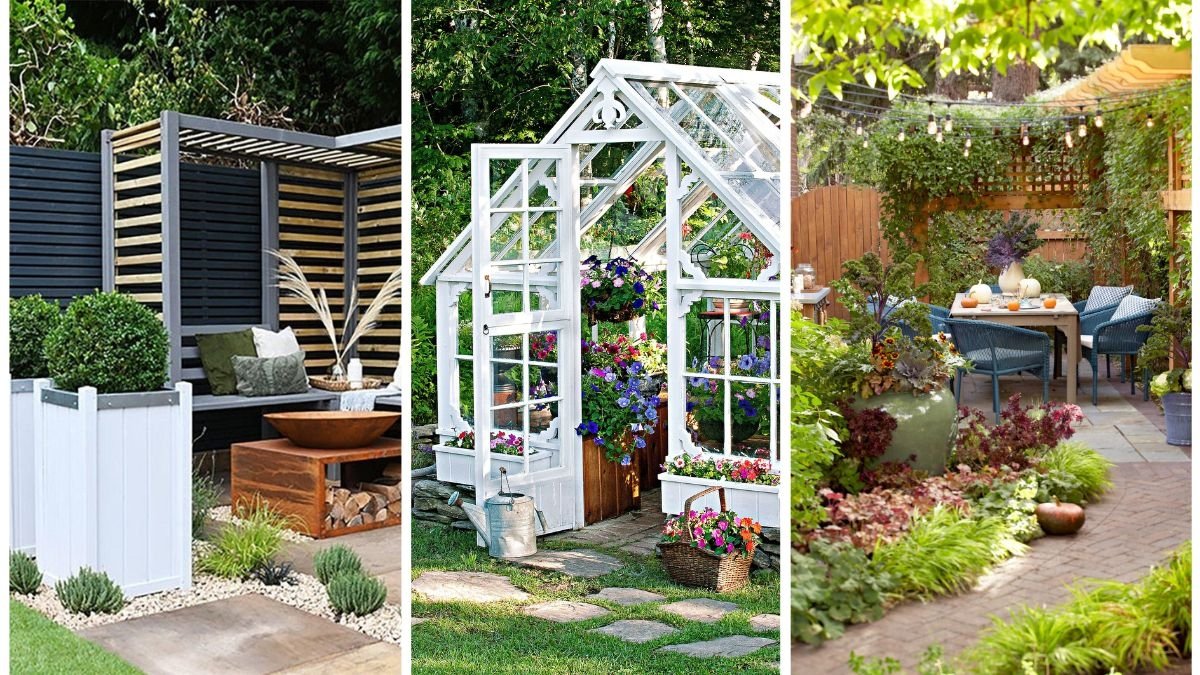
Leave A Comment